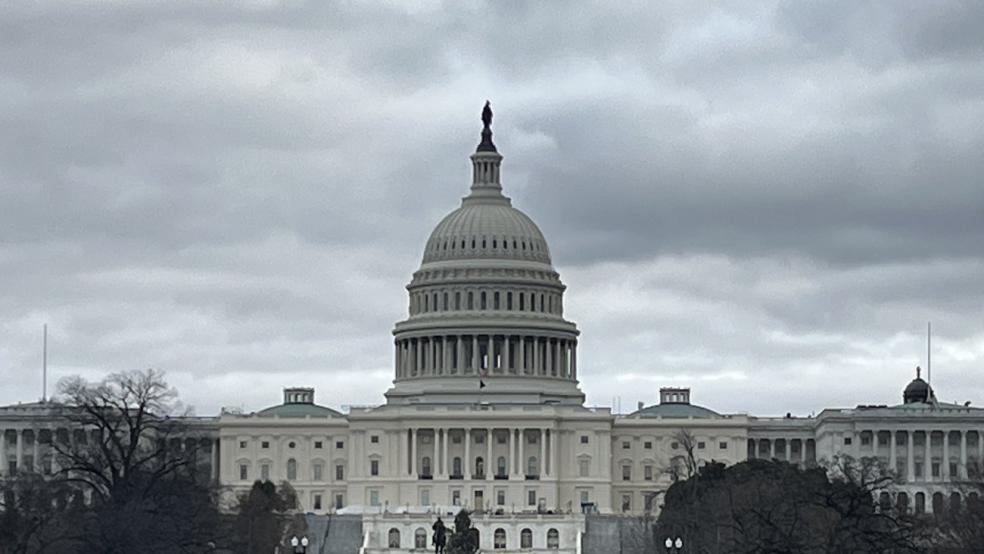When the House and Senate return next week, they will have just days to try to avert a partial government shutdown. As a result of the tiered stopgap funding bill that Congress passed in November, lawmakers will start the year facing a January 19 deadline to again fund some federal agencies and programs, with another deadline for other portions of the government looming February 2.
The chances of avoiding that shutdown do not look particularly good, especially since the House and Senate have yet to set a topline spending level for fiscal year 2024 and Speaker Mike Johnson has said he’s done with short-term spending extensions. Johnson, who will visit the southern border with House Republicans this week, has also drawn a hard line on the ongoing talks over border policy changes being negotiated in order to unlock an emergency supplemental spending package providing aid to Ukraine, Israel and Taiwan.
Because Congress has failed to pass full-year appropriations for fiscal 2024 and the federal government started the new year operating under a continuing resolution, or CR, the spending limits set by last year’s Fiscal Responsibility Act have officially taken effect. That law, which codified that deal to raise the debt limit agreed to by then-Speaker Kevin McCarthy and the White House, sets the defense budget at an interim level of $850 billion (down from $886 billion) and limits the non-defense budget to $736 billion, up from $704 billion, according to a memo from the White House Office of Management and Budget.
But those limits won’t be enforced until April 30, and the $1.59 trillion total for discretionary spending has been the subject of much wrangling. Further complicating matters, Punchbowl News reported Monday that House Republican leaders are making new demands in the negotiations over the topline number, seeking to speed up IRS funding cuts that were part of the debt-limit deal and to rescind Covid response funds.
The outlook: Congress could, in theory, still pass its annual funding bills, but it may not have enough time to do so, making another stopgap the leading option to prevent a partial shutdown, according to Wolfe Research policy analyst Tobin Marcus, who told clients in a research note cited by MarketWatch that he expects “the initial action in January will focus on whether Johnson is willing to pass a stopgap or if he will choose instead to plow into a shutdown.”
MarketWatch’s Victor Reklaitis also notes that Brian Gardner, the chief Washington policy strategist at investment bank Stifel, said that a partial shutdown is the most likely scenario. And as the Republican presidential primary advances toward the Iowa caucuses on January 15 and the New Hampshire primary eight days later, Gardner reportedly noted that the congressional negotiations also face the potential risk of being torpedoed by comments from former president Donald Trump.
A border deal negotiated by the Senate could also still face trouble passing the House. Politico reports that Democrats are a bit less concerned that those talks would cede too much to Republicans, noting that “the tone on the left — which has been a useful proxy for the likelihood of a deal — has shifted from grave alarm to cautious optimism that a bill that would satisfy House Republicans is now out of reach.”
One appropriator, Republican Sen. John Kennedy of Louisiana, told The Hill that he sees lawmakers pursuing one of two options: either a year-long CR or an omnibus spending package of the sort House Republicans have staunchly opposed. “If I were betting between the omnibus and the CR,” he said, “I would bet on the CR right now.”





